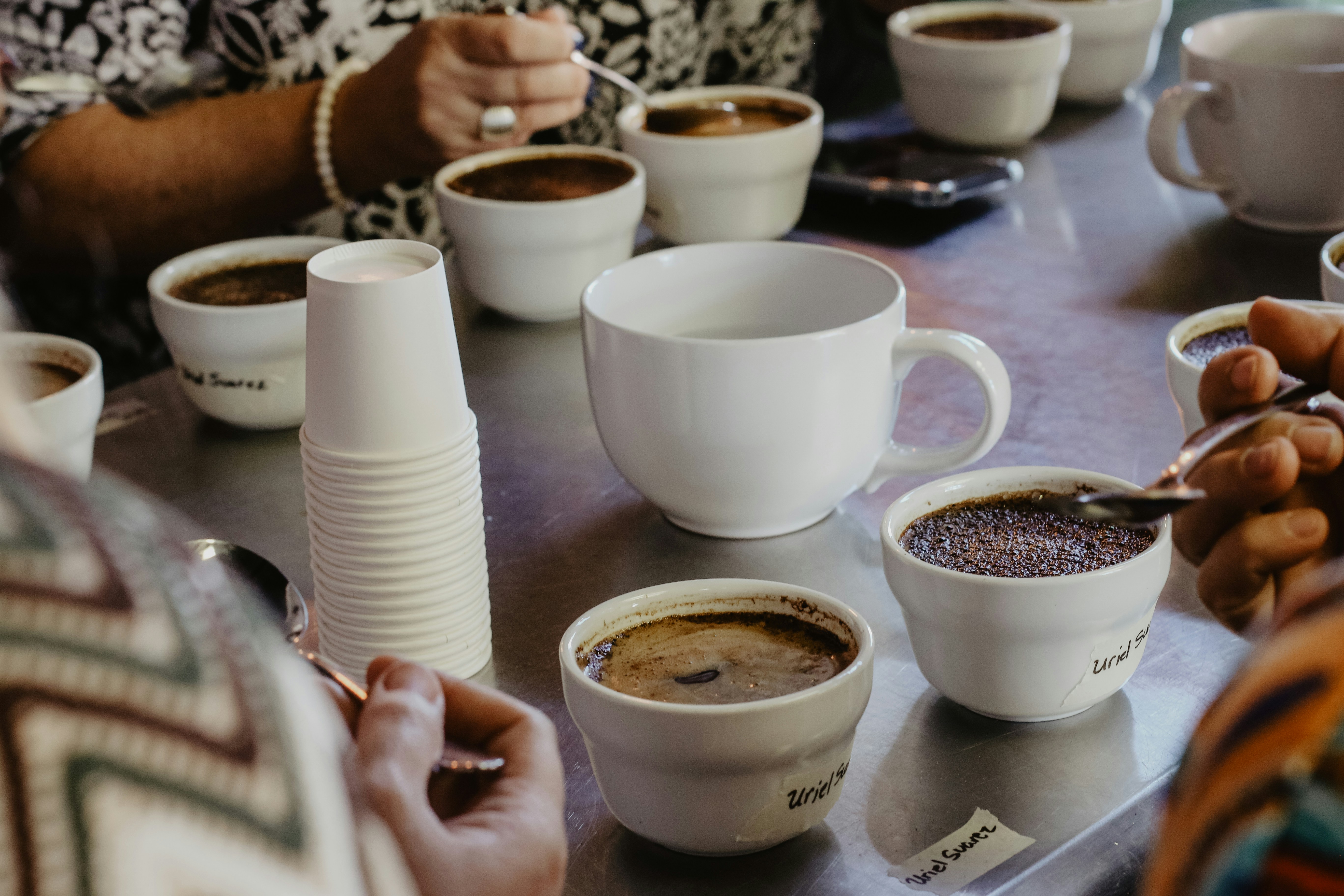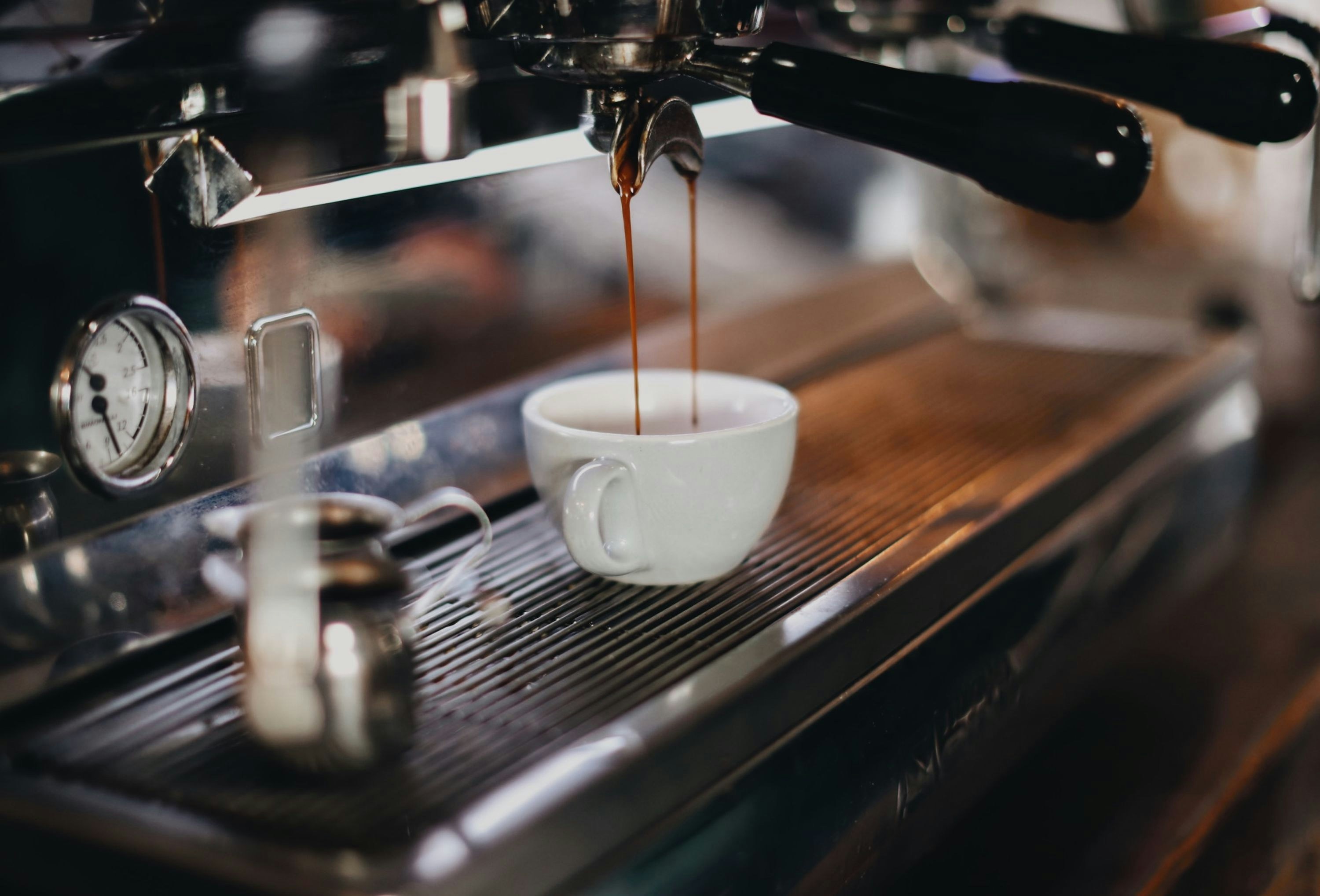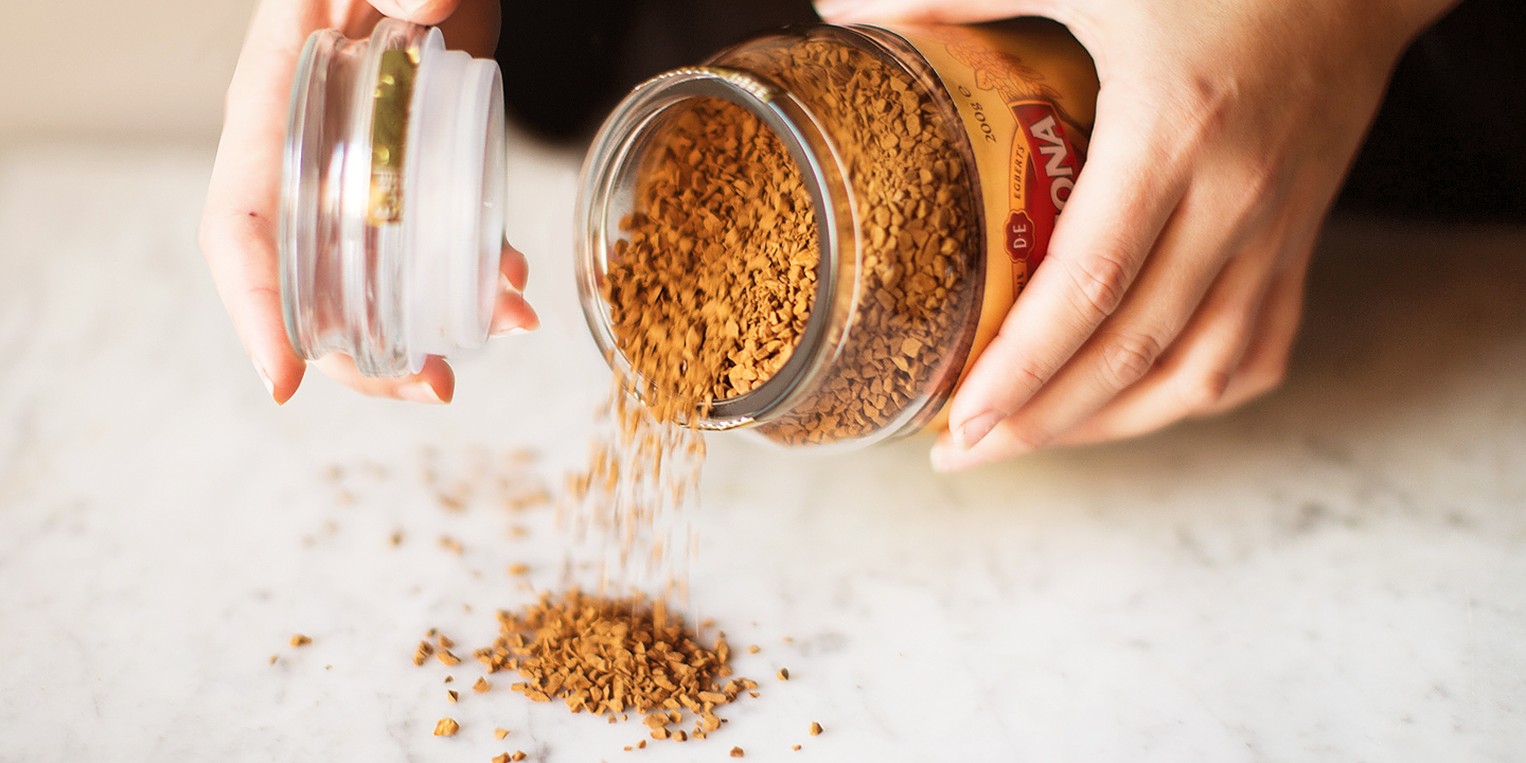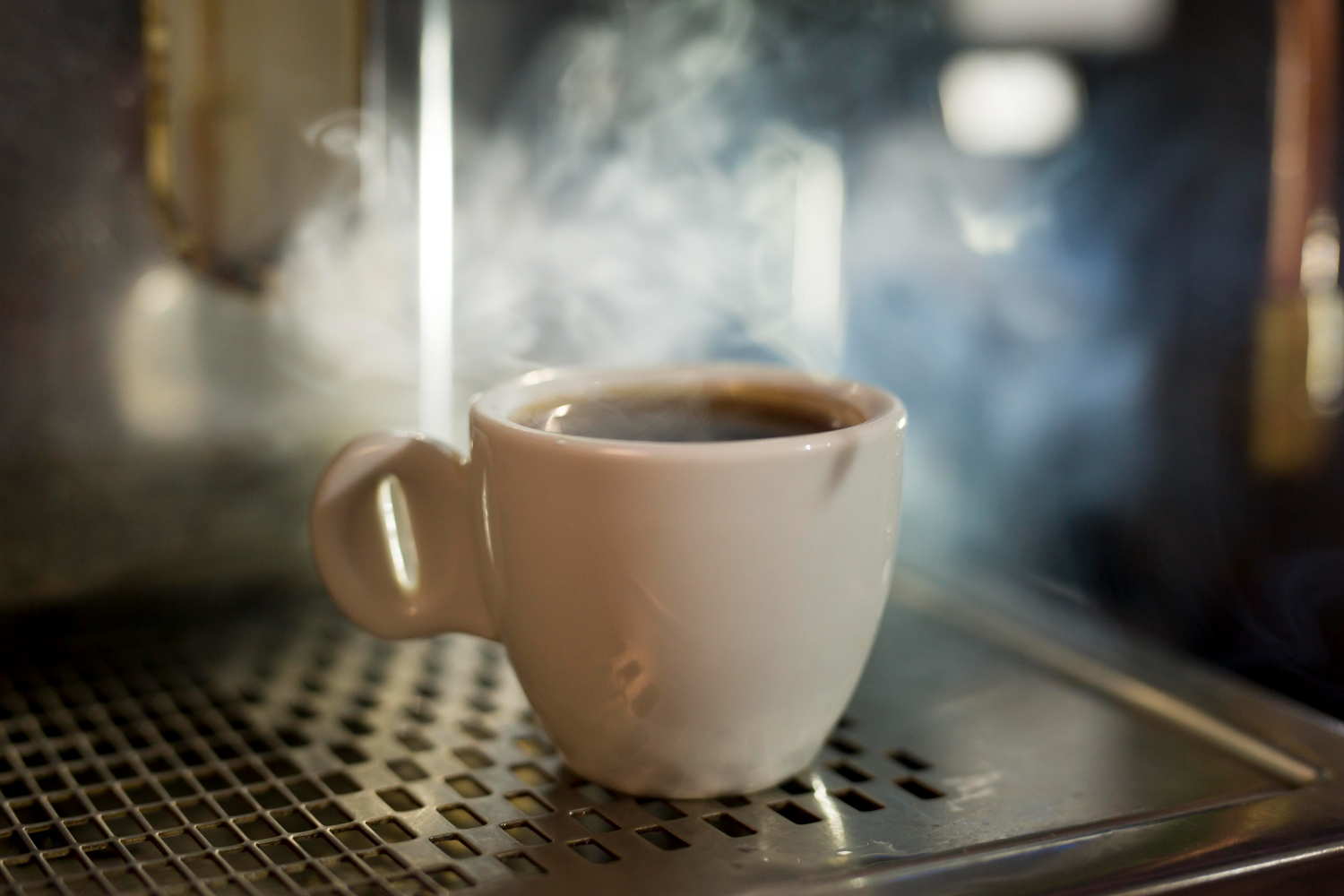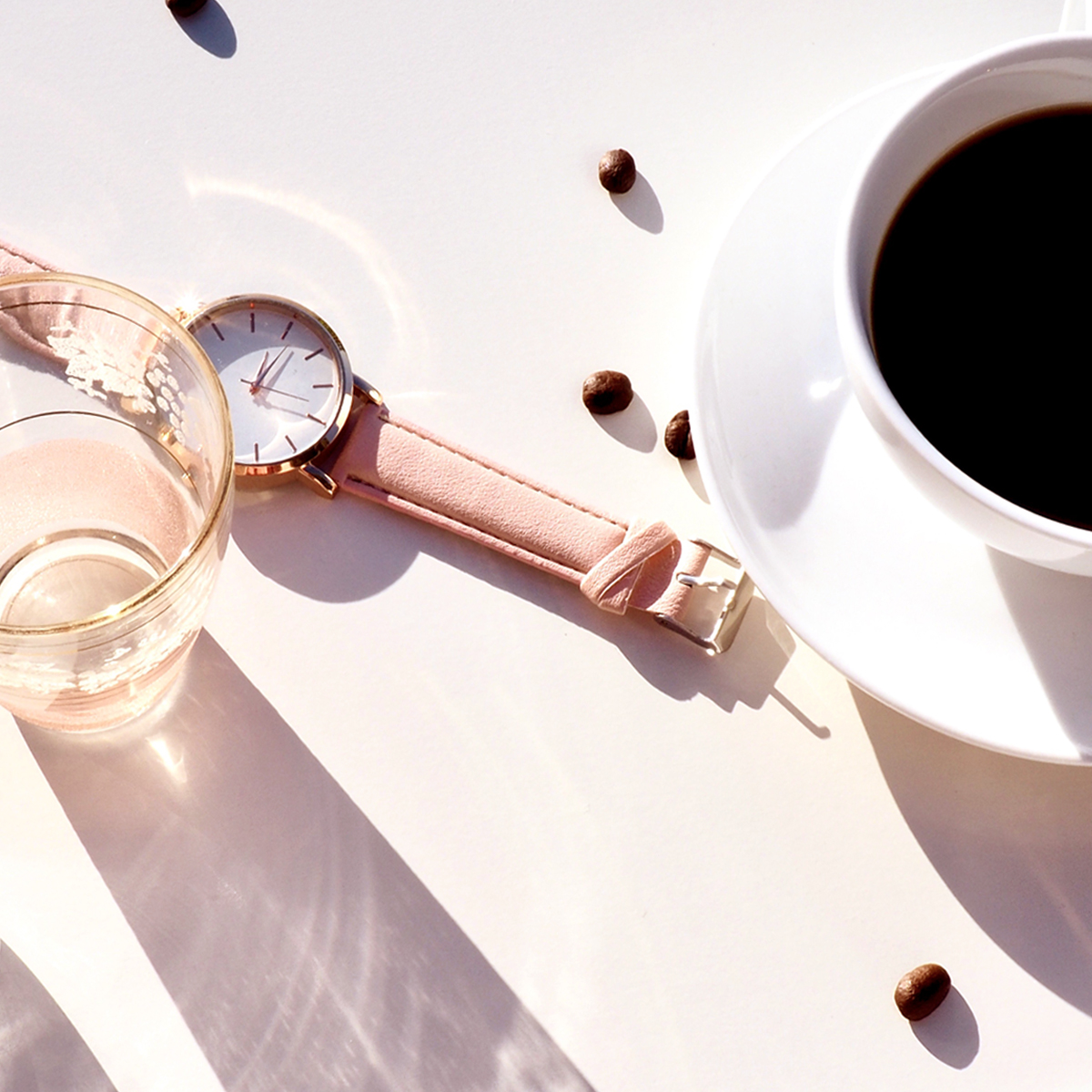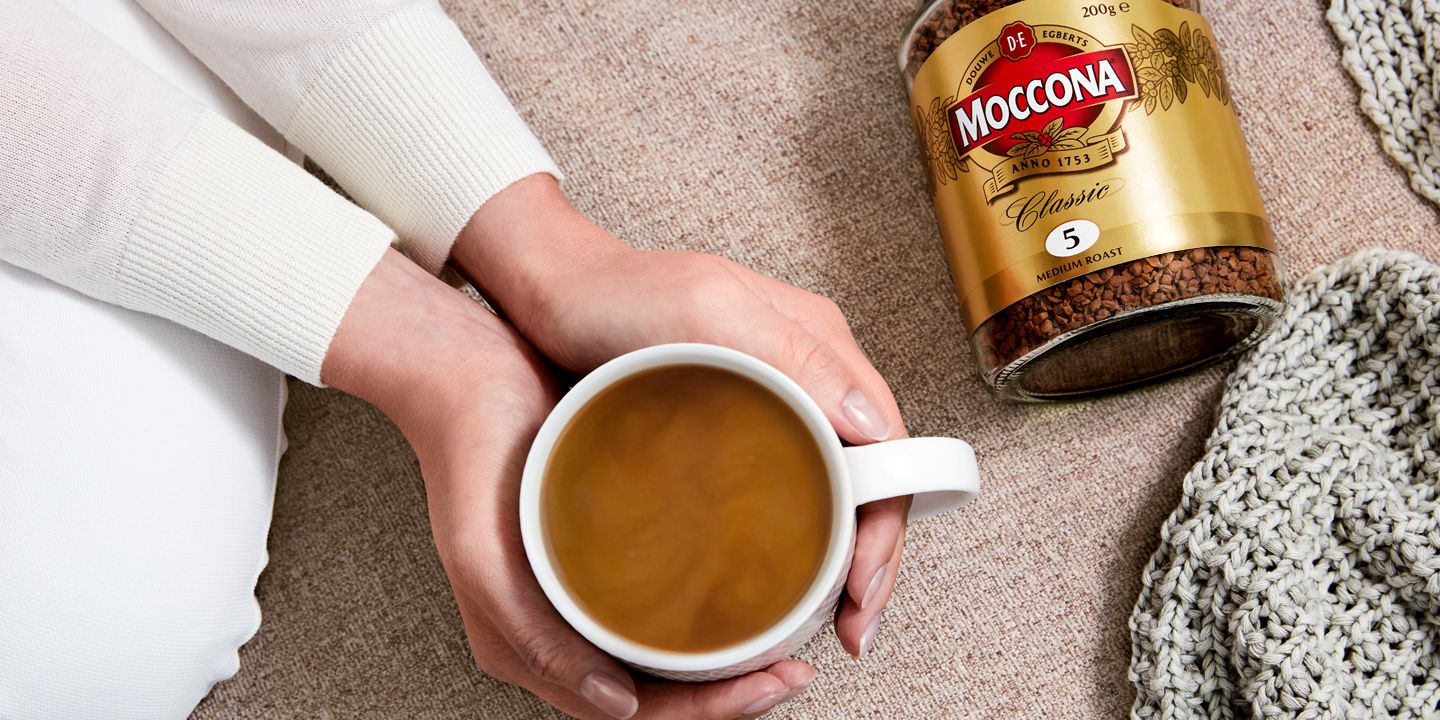Wanna Learn How To Taste Coffee Like A Pro? Here Are 6 Simple Things To Look For
You don't need to be bougie to appreciate a good cup of coffee!
If you love coffee, chances are you've heard of it described with words like floral, fruity, cereal, and caramelised
Coffee cupping involves using a spoon to break the "crust" and remove coffee grounds, before tasting the coffee.
Image via René Porter/UnsplashIn fact, there's a coffee taster's flavour wheel, which contains terms to describe 110 different types of tasting notes. Professional coffee tasters even use a complex cupping method to sample various aspects of coffee, from mouthfeel to aftertaste.
However, for average and new coffee drinkers, all this information can come across as a little overwhelming.
And the truth is, you don't really need to know everything about coffee tasting to appreciate a good cup of coffee, whether it's a latte at the café or a cup of instant coffee at home.
The key is to keep tasting and keep learning. Coffee is a complex beverage, so your tastebuds may need time to develop, and your preferences for coffee may even change over time.
Here are a few simple things to look out for, so you can start enjoying coffee — even a cup of instant coffee — like a pro:
1. Figure out what level of coffee intensity and roast you like
Coffee intensity refers to how strong the coffee flavour is. It's usually measured on a scale of one to ten, with lighter roasts on the lower scale and darker roasts on the higher end.
- Intensity 1 to 4: Light-bodied coffee with delicate aromas
- Intensity 5 to 7: Coffee with a round body and balanced aromas
- Intensity 8 to 10: Bold and intense coffee with rich aromas
2. Coffee intensity does not necessarily equal to caffeine level
Contrary to popular belief, the intensity of your coffee does not necessarily correlate with its caffeine content. While darker roasts may have a bolder flavour profile, they often contain less caffeine than lighter roasts. Keep this in mind when choosing your brew, especially if you're looking for a morning pick-me-up.
P.S. Robusta coffee beans typically contain twice as much caffeine as arabica beans.
3. When it comes to instant coffee, the way it's processed makes a difference — freeze-dried coffee gets the edge over spray-dried coffee
Instant coffee typically goes through one of these processes — spray drying or freeze drying.
Spray dried coffee is made when droplets of coffee extract is hit with a steam of hot air ranging up to 180˚C, resulting in dry fine instant coffee powder. The process is fast and cost effective, but may sacrifice taste in the process, often leaving a burnt taste due to the high heat.
Freeze dried coffee is made by freezing liquid coffee to -50˚C into a very thin layer. Next, it's broken into small pieces in a freeze dryer. While the process is more tedious and expensive, the flavours of the coffee are retained better, which is why premium instant coffee brands like MOCCONA use this method.
4. Resist the urge to make your coffee too hot
You don't need to use 100°C boiling water to make your coffee. In fact, if you do so, you'll probably end up scorching the coffee and ruining its aroma. You'll be more likely to scald your tastebuds too!
Instead, use 80°C to 90°C water to bring out the best flavours in your coffee, then take your time to savour each sip. One thing you'll notice about good quality coffee is that the flavour profile and tasting notes may become more complex as the coffee cools down.
5. Learn how to identify these basic characteristics of coffee
For starters, spend some time to smell the aromas of your coffee, whether it's the beans, the grinds, or the coffee prior to your first sip. Then take a tiny sip, followed by bigger slurp, coating the entire surface of your tongue. Next, ask yourself some of these questions below.
Sweetness: Do you taste sweet notes, like brown sugar, honey, or caramel?
Acidity: Do you notice tangy, zesty flavours like citrus, lemon, tomato, or other fruits?
Body: Does the coffee feel rich and heavy, or light, watery, and smooth?
Aftertaste: Does your palate feel clean after swallowing, or is there a sour or bitter aftertaste?
6. Knowing where your coffee comes from makes a huge difference
The origin of your coffee beans plays a big part in determining the flavour profile of your brew. Different regions around the world produce coffee beans with distinct flavour profiles and characteristics. For instance, Brazil and Columbia are known for producing arabica coffee beans (acidic, fruitier), while places like Indonesia and Vietnam are known for robusta coffee beans (darker, richer).
Besides that, there are also single origin coffees and speciality blends. Single origin coffee uses only coffee grown within a single known geographic area, whereas speciality blends mix different coffee beans to achieve a unique flavour combination.
MOCCONA, for instance, uses a blend of both arabica and robusta beans for a unique aroma.
Ready to level up your coffee tasting skills? MOCCONA offers a unique blend, with a range of coffee intensities to suit your tastebuds!
MOCCONA coffee is created using two of the world's finest beans, arabica and robusta. What this means is that you'll get to enjoy the best of both worlds — the luscious, sweeter coffee aroma of arabica, as well as the deep rich flavour of robusta.
Furthermore, MOCCONA has a range of coffee intensities to choose from. Whether you enjoy a light, mild roast, or an intense flavour profile, MOCCONA has got you covered.
MOCCONA Classic Medium Roast | Intensity: 5
Enjoy a rounded, balanced cup that's full bodied, richly aromatic, and just right for your everyday coffee moments.
MOCCONA Classic Dark Roast | Intensity: 8
Earthy, warm, and aromatic, this bold brew dials up the roast and isn't afraid to showcase its flavours.
MOCCONA Espresso Style | Intensity: 10
For the moments you need that extra punch, or for when you wanna make an espresso-style beverage, this blend brings a big, bold flavour with the intensity of a good Italian espresso.
